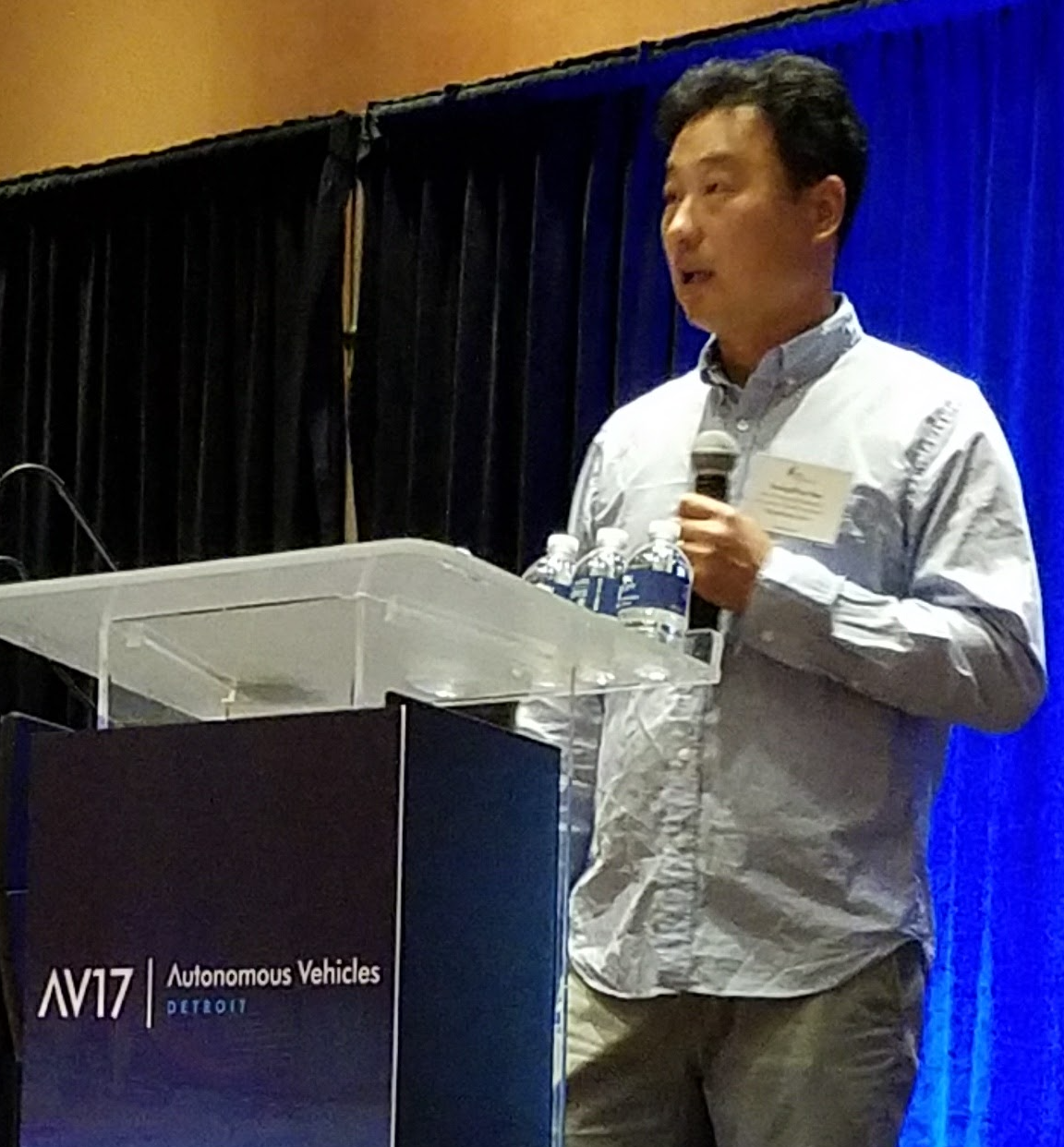A structureless approach for visual odometry
Published in IV-18, 2018
A local, bundle-adjustment is an important procedure to improve the accuracy of a visual odometry solution. However, it is computationally very expensive as it jointly optimize all the poses of cameras and locations of map points. To reduce the computational complexity of such a procedure without much sacrificing the accuracy of a solution, the state- of-the-art algorithms were proposed to eliminate the map point variables, using extra matrix operations, from their linearized optimization solutions. Instead of eliminating the map points, this paper proposes a novel way of addressing this complexity issue – we represent a map point as a function of two camera poses, and uses the triangulated position of the map point when needed. Our method is more efficient than the one in the full-SLAM formulation in solving the visual odometry problem in that 1) the complexity of our solution is lower than those of the state-of-the-art methods, 2) no extra matrix operations required to eliminate map points, 3) no need guesses on map points’ initial positions. Experiemental results, through simulated experiments and experiments with KITTI data, demonstrated that our results are more accurate that those in the full-SLAM approach with lower runtime complexities.
Chih-Chung Chou, Chun-Kai Chang and YoungWoo Seo, A structureless approach for visual odometry, In Proceedings of the 29th IEEE Intelligent Vehicles Symposium (IV-2018), pp. 1834-1841, 2018.
